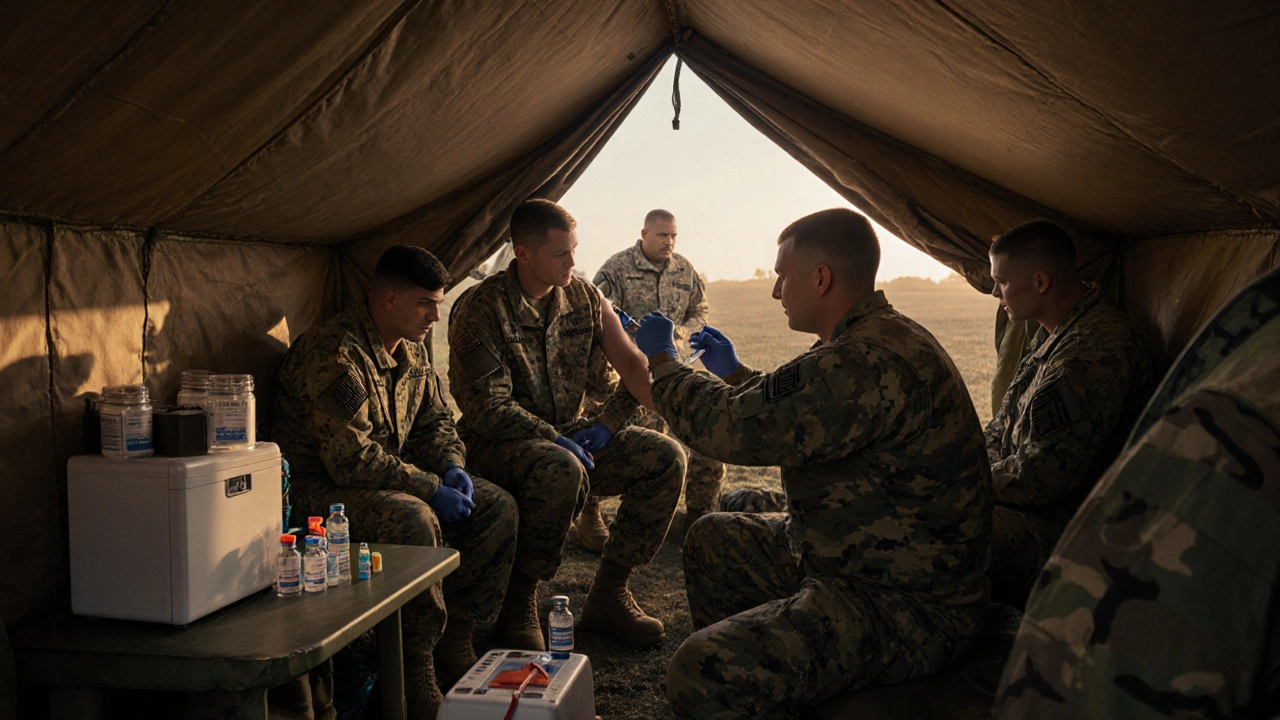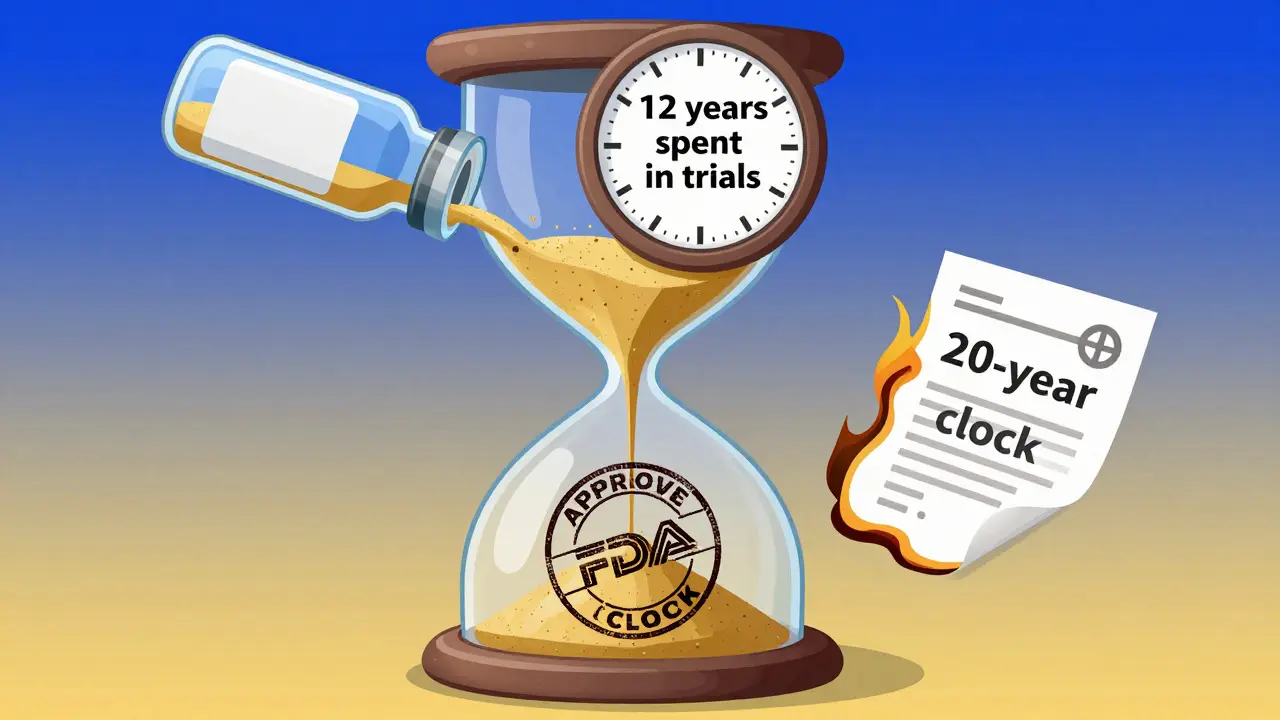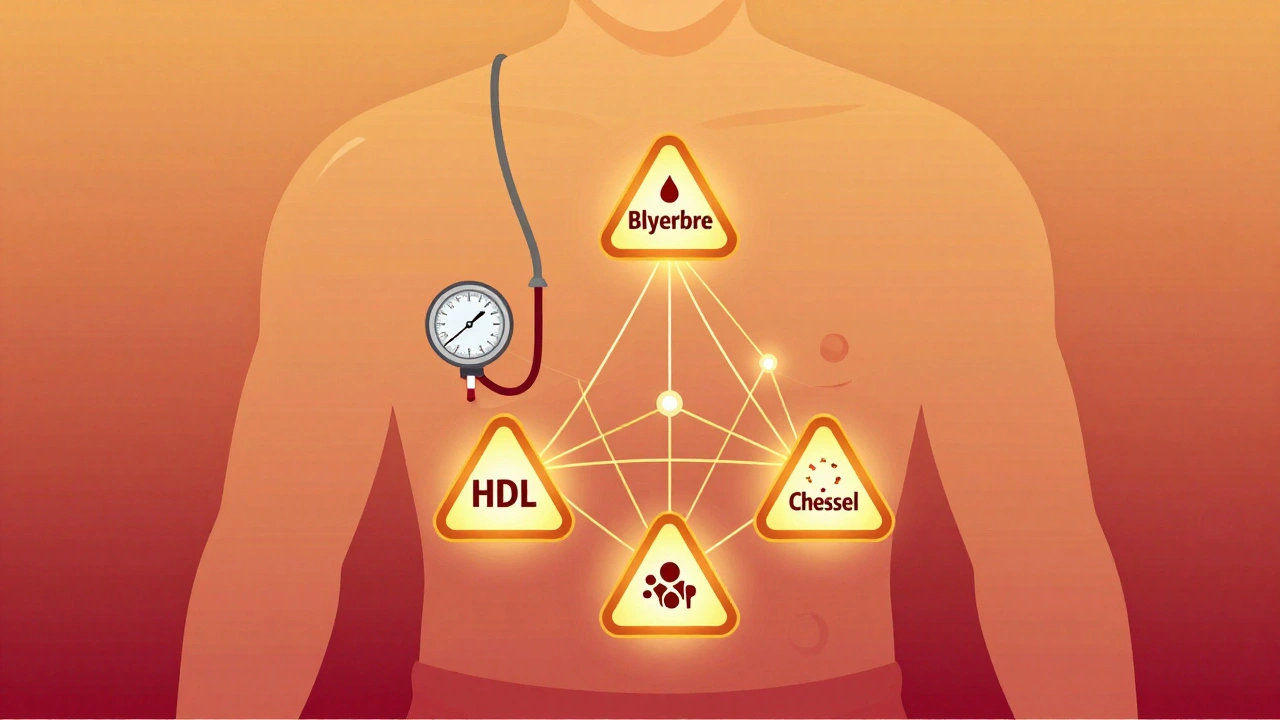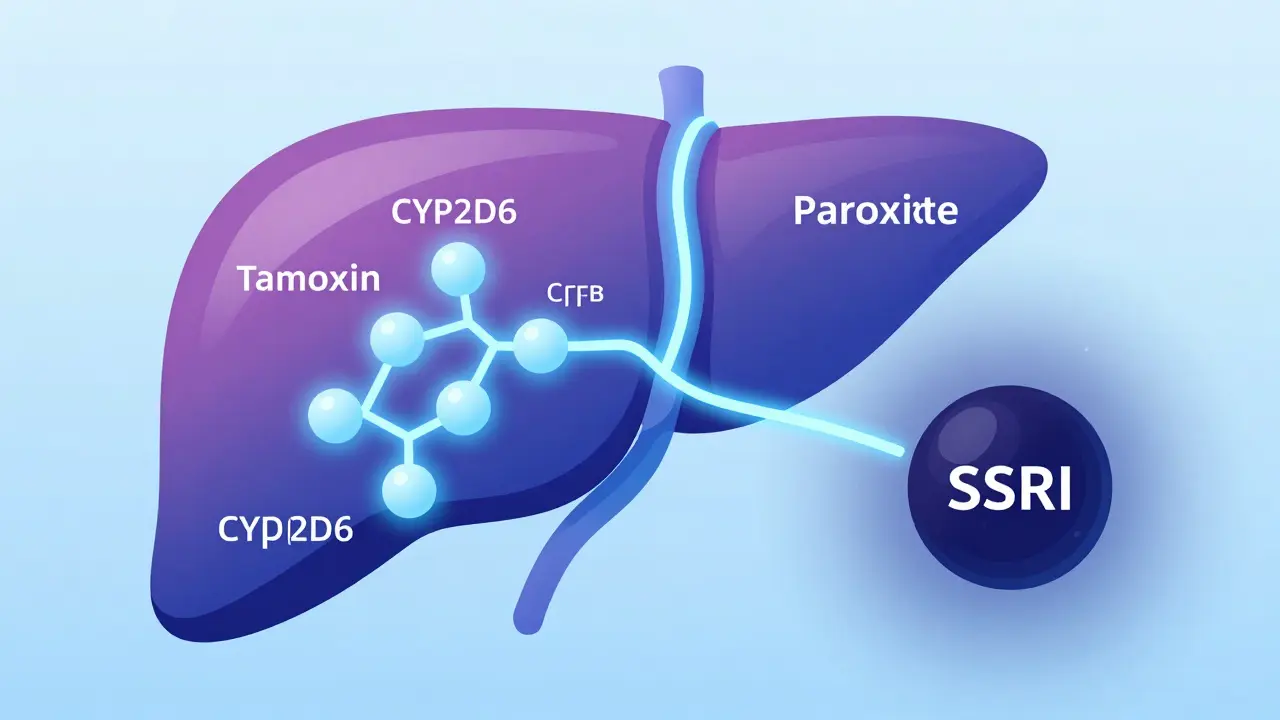Understanding tetanus: Causes, Prevention, and Treatment
When dealing with tetanus, a serious bacterial infection caused by the soil‑borne bacterium Clostridium tetani, the anaerobic rod that produces tetanospasmin toxin that triggers painful muscle spasms. Also called lockjaw, it can become life‑threatening without quick treatment. Prevention relies on the tetanus vaccine, an inactivated toxoid injection that stimulates protective antibodies, and on proper wound care, cleaning and debridement to lower bacterial load. These three pillars—pathogen, immunization, and care—form the core of tetanus control.
Key aspects of tetanus prevention and treatment
Tetanus encompasses muscle spasms that typically begin in the jaw and spread to the neck, chest and abdomen. The toxin blocks inhibitory neurotransmitters, so the nervous system fires unchecked, causing the characteristic rigidity. Because the bacteria thrive in low‑oxygen environments, deep puncture wounds, animal bites or dirty cuts are high‑risk entry points. Prompt wound cleaning and removal of dead tissue dramatically cut the chance that Clostridium tetani will germinate.
The tetanus vaccine influences infection rates worldwide; countries with high immunization coverage see almost no cases. The primary series consists of three doses given in childhood, followed by a booster every ten years or sooner after an injury if the last dose was over five years ago. This booster schedule mirrors the waning of antibody levels over time, so keeping the schedule up‑to‑date is essential for long‑term protection.
If a suspicious wound occurs and the patient’s vaccination status is unknown or incomplete, clinicians administer tetanus immune globulin (TIG) alongside the vaccine. TIG provides immediate neutralization of any toxin that may already be circulating, buying time for the body to develop its own response. Antibiotics such as metronidazole are used to kill the bacteria, while muscle relaxants like baclofen help control severe spasms during the acute phase.
Beyond the medical protocol, certain groups need extra attention. Travelers to regions with poor sanitation, agricultural workers, and people with chronic skin conditions face higher exposure to contaminated soil. For these populations, confirming up‑to‑date vaccine status before travel or before seasonal work can prevent a costly infection.
Understanding the timeline also aids early detection. Symptoms usually appear 3‑21 days after injury, with an average incubation of about eight days. Early signs include stiffness of the neck, difficulty swallowing, and a distinctive “sardonic smile.” Recognizing these cues means you can seek care before the toxin spreads to the respiratory muscles, which is the main cause of mortality.
When it comes to treatment settings, intensive care units are often required for severe cases. Patients may need a breathing tube, sedation, and continuous monitoring of autonomic function. Recovery can take weeks, and rehabilitation is needed to restore full muscle strength. This underscores why prevention—through vaccination and wound management—is far cheaper and safer than treating the disease.
Another practical tip: always keep a record of your tetanus immunizations. Many pharmacies now offer digital vaccination cards that can be accessed on a phone. Having this information handy speeds up the decision‑making process if you ever sustain a dirty injury.
In summary, tetanus is a preventable disease that hinges on three main factors: the bacterial agent, the protective vaccine, and diligent wound care. By staying aware of your vaccination schedule, cleaning injuries promptly, and seeking medical help when symptoms appear, you can dramatically lower your risk.
Below you’ll find a curated collection of articles that dive deeper into each of these areas— from detailed vaccine guides to step‑by‑step wound‑care checklists and the latest treatment protocols. Explore the resources to arm yourself with the knowledge you need to stay safe and healthy.






